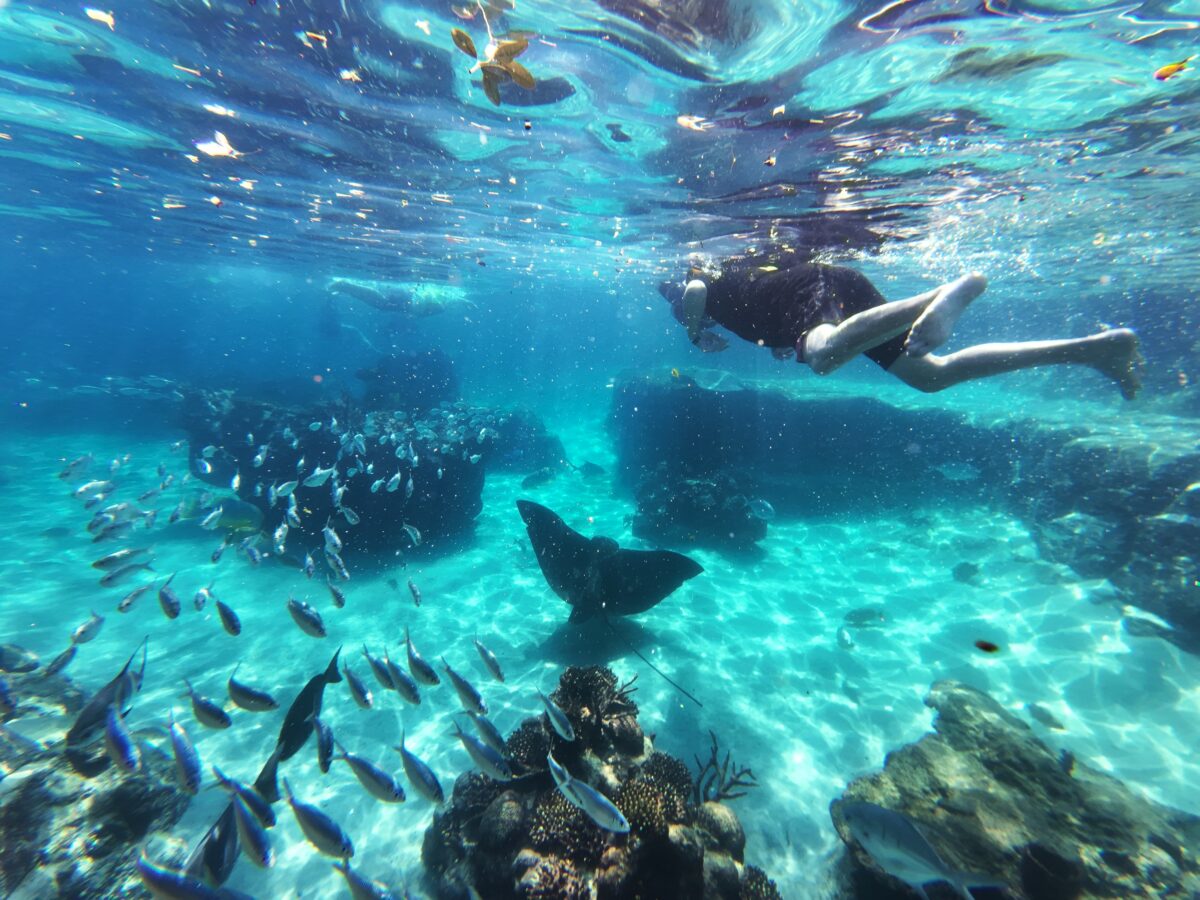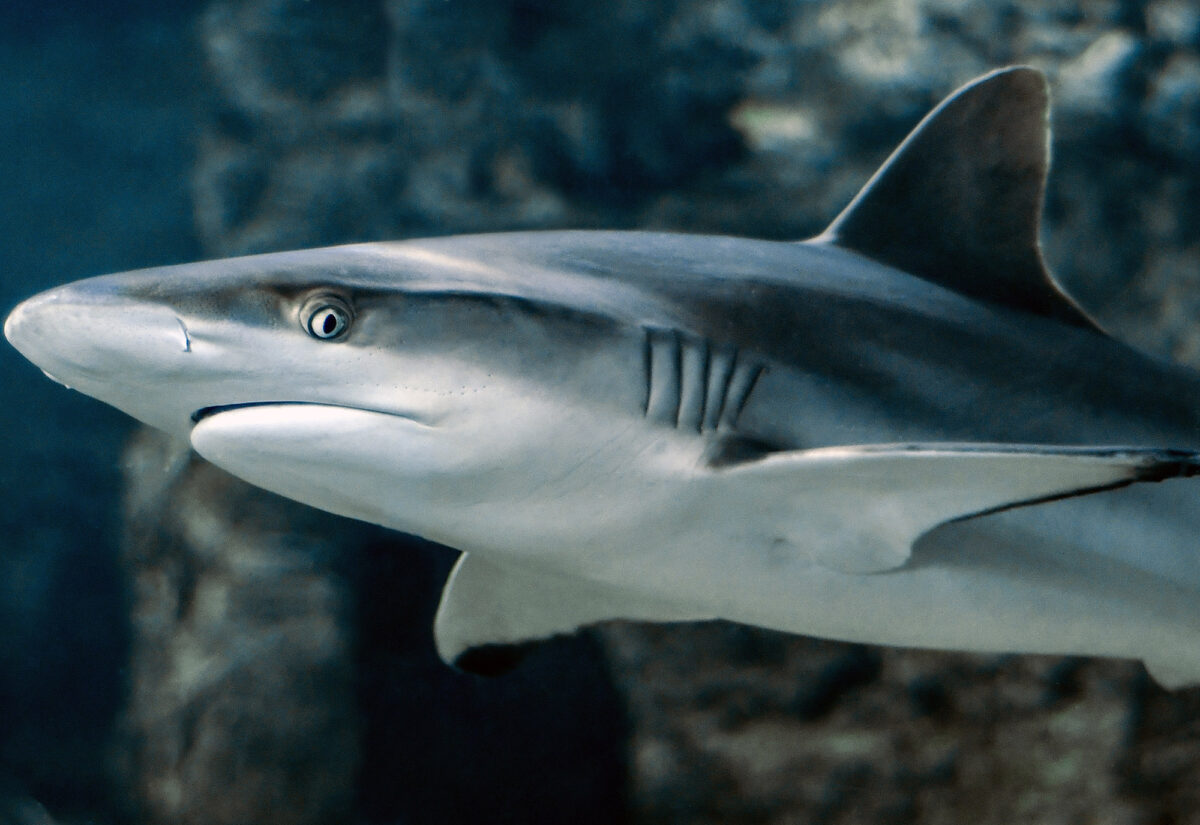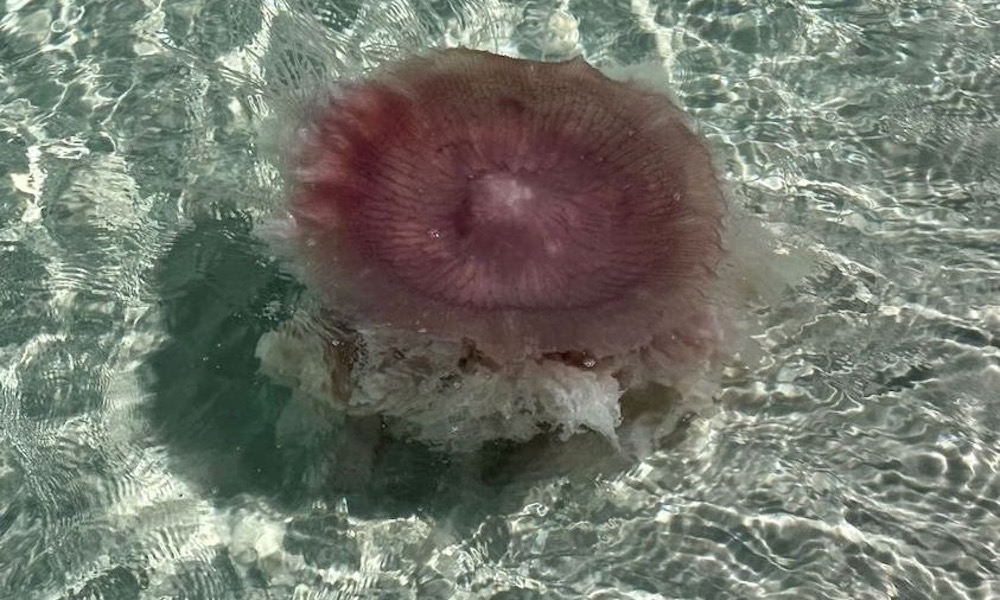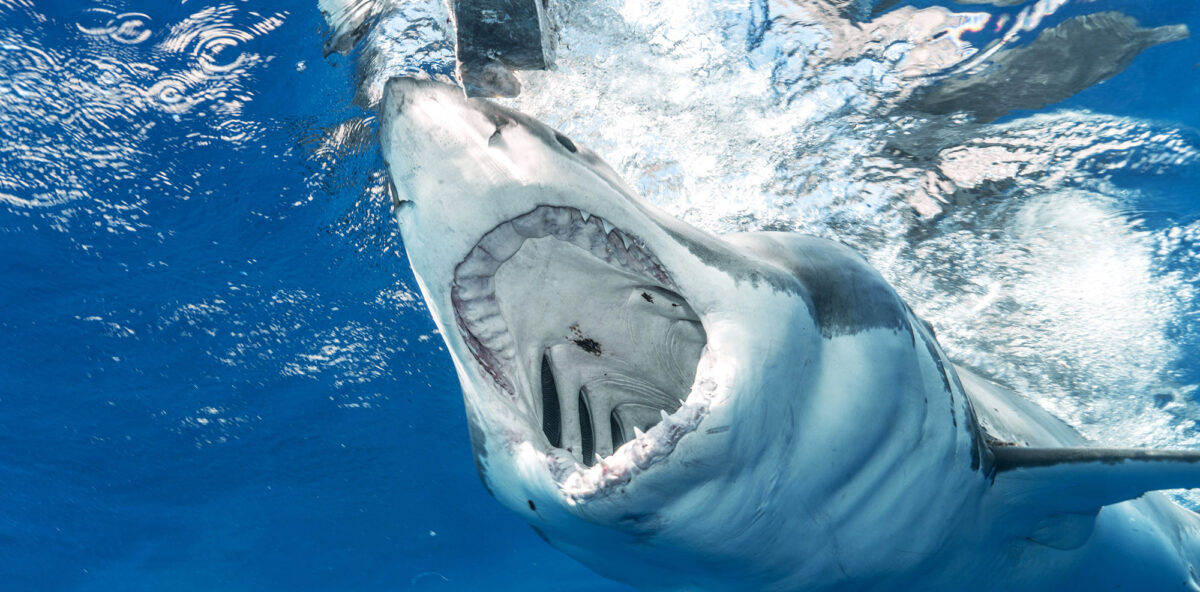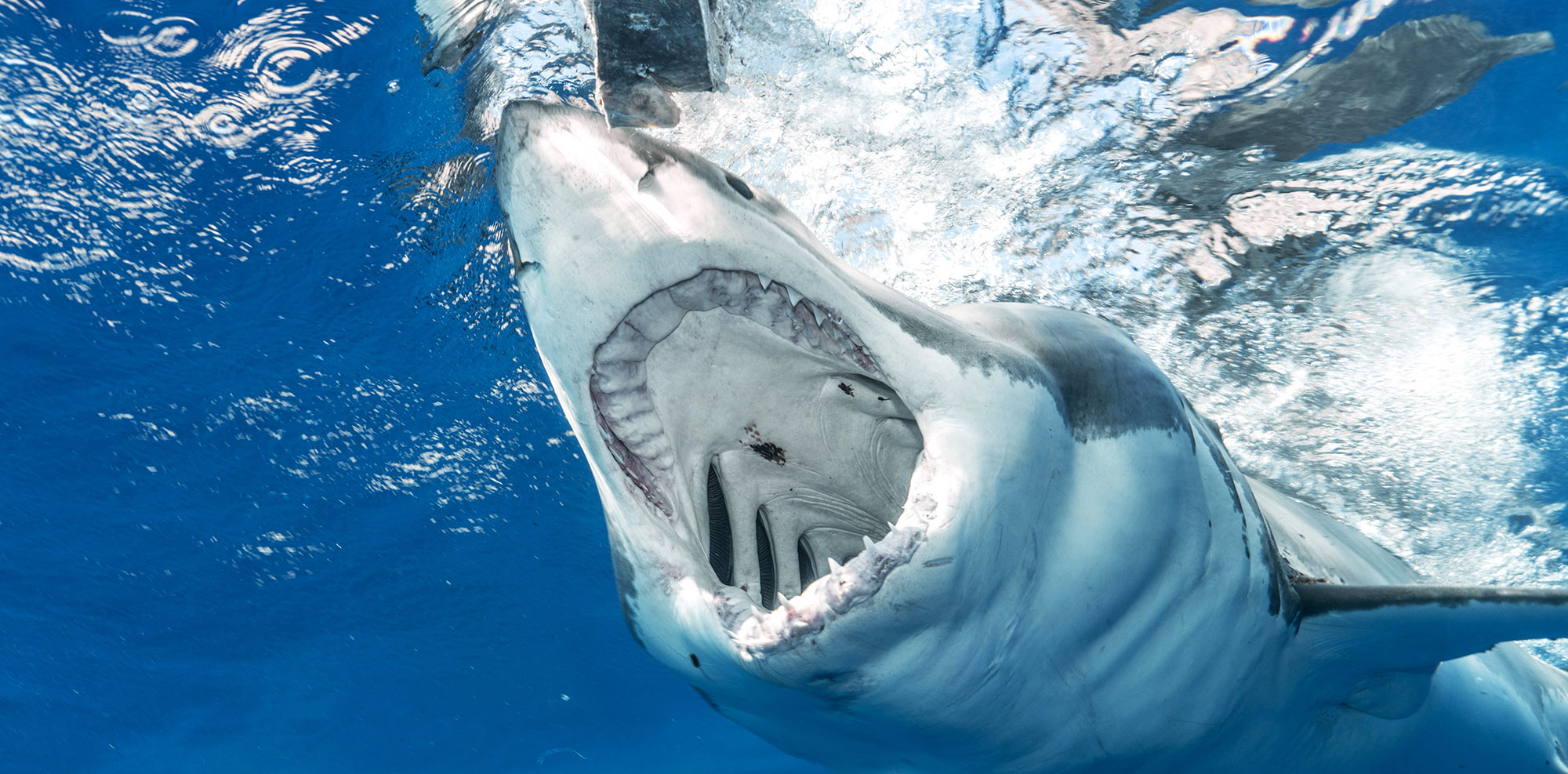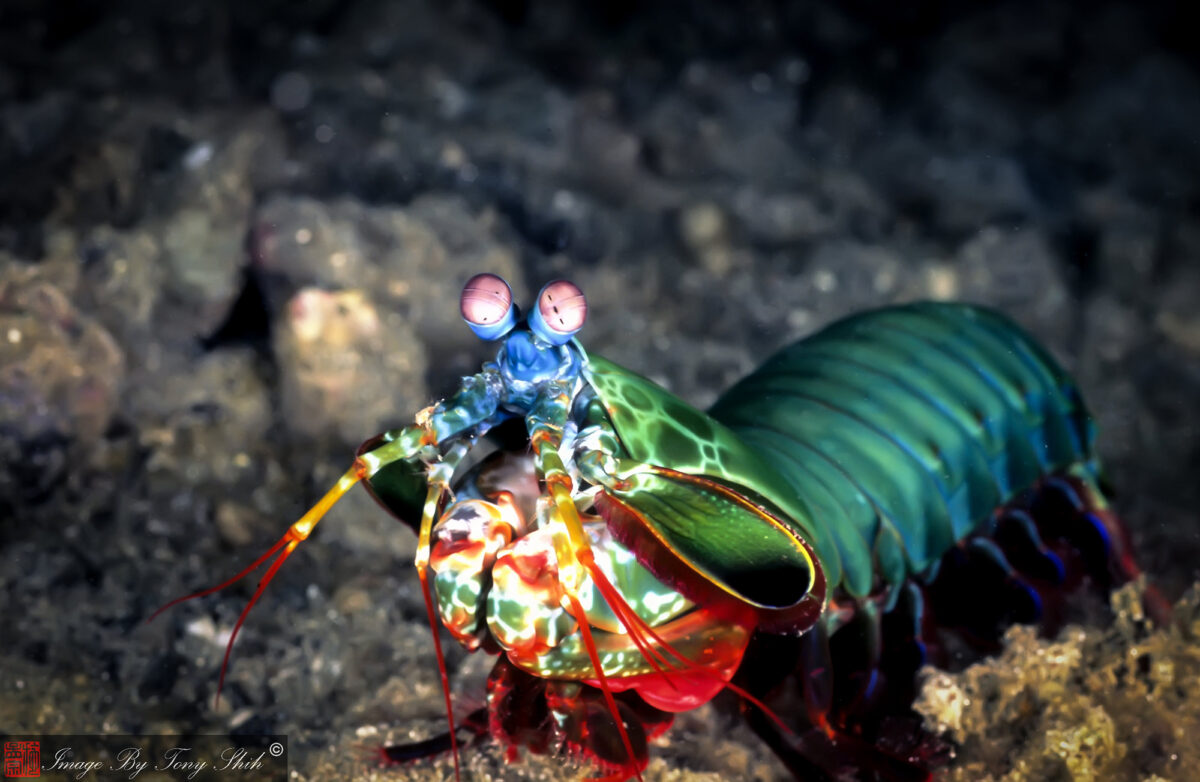I sit on a rock in an artificial lagoon, watching workers feed rays. “One for Pinky!” a worker calls as she throws a fish to a large pink whipray. Another woman notes the treat on a clipboard. There’s only one pink whipray in the lagoon, but I’m really impressed when the keepers can tell the five spotted eagle rays apart. These tropical rays can reach 10 feet wide and 16 feet long. Despite looking pretty flat, they tip the scales at more than 500 pounds. Here, the biggest eagle ray weighs in at a svelte 290.
In a land of theme parks, Orlando, Florida’s Discovery Cove is a relaxing respite from lining up for rides. Owned by SeaWorld, it’s a manicured nature experience — the fake coral is brightly painted like an amusement park ride backdrop, and the rays have their barbs clipped so they can’t sting you. It’s part aquarium, part water park, and a lot of fun if you can stomach animals in captivity. While I’m always conflicted about animal attractions, I really enjoyed my day at Discovery Cove.

About Discovery Cove
Discovery Cove opened in 2000 and bills itself as “an all-inclusive day resort.” You arrive in the morning between 7 and 9, show your ID, get your lanyard, then enter the lush grounds.
Breakfast and lunch at a big cafeteria are included in your admission, as are shorty wetsuits, towels, lockers, and animal-safe sunscreen. Guests can add extra amenities such as a private beach cabana or animal experiences like snorkeling with sharks or feeding flamingos.

Freshwater swimming at Discovery Cove
The park is divided into three main water areas: freshwater, the Grand Reef, and a dolphin lagoon. After eating breakfast — they made a special vegan tofu scramble for me, which was very nice — I decided to start with the warm freshwater area, with a water temperature in the low 80s. You can lounge in a couple of lagoons or grab a pool noodle and float along the lazy river.
I wound up drifting the lazy river three times over the course of the day. The best part is after passing through a pounding curtain of water, you float right into a fabulous aviary with gorgeous tropical birds flying overhead. You can float on through or get out of the water and feed birds from cups of chopped fruit. The lazy river alternates between being shallow enough to stand and depths of about 8 feet.

Exploring the Grand Reef
My favorite part of the park was swimming with rays and tropical fish in the Grand Reef. It was a little crowded, with snorkelers bumping into each other at times, but exciting to be so close to so many rays. There were shallow parts where people could stand and deeper parts for floating or swimming.
The shovelnose ray, which mostly spends its time on the sandy bottom, was especially large and odd-looking. People who are anxious about real-life snorkeling in the ocean will appreciate the safety of having the park’s sharks separated from the main lagoon.

Swim with dolphins
Swimming with bottlenose dolphins is perhaps Discovery Cove’s most popular animal interaction — and the most controversial. The Humane Society and other animal welfare organizations have come out strongly against swim with dolphin attractions. It was not something I’d ever planned to do. But as a visiting travel writer, I found myself with a booked appointment time. The dolphin swim was going to happen with or without me, so I decided to see for myself what it was all about.
At the appointed time, participants were divided into groups of about 10 or 12, paired with a trainer, an assistant, and a dolphin. Coral, 23 years old and born into captivity, was our dolphin. We humans waded into the chilly lagoons, wearing our wetsuits. When the trainer signaled, Coral swam up to us. We got a little education, a lot of photo ops where we took turns posing with Coral, and a few dolphin tricks. It was cool to get up close and pet her rubbery tail, but I was embarrassed to see a creature smarter than I am reduced to making fart sounds for laughing tourists.

Throughout my day at Discovery Cove, I asked various employees what they thought about swim with dolphin experiences. The strongest justification is the same one that’s always used for zoos: people don’t care about things we don’t see and experience. The idea is that if we see animals in captivity, we’ll care about preserving them in the wild. This could lead to votes and dollars benefiting conservation efforts.
One employee said that she believes this is the most humane swim with dolphin concession, and she wouldn’t do it anywhere else. The keepers assured me that the dolphins can choose whether or not to participate on any given day, and they get the same amount of food either way.
I asked what the dolphins get out of towing visitors across the lagoon while we hold onto their dorsal fins and flippers. “It’s enrichment,” the trainer said, adding that she wished she knew more about how much Coral was really enjoying herself. The trainer emphasized that the dolphins have different personalities and different relationships with the trainers. While Coral is keen on interacting with humans, some dolphins can only tolerate us for about five minutes. The trainer told me she hadn’t worked with Coral for a while, so the dolphin probably wanted to hang out with her.
Except for the very oldest dolphins, who were captured before the laws changed, all the Discovery Cove dolphins were born in captivity. Maybe it’s sort of like a different culture. If you’re born in captivity and spend your life in an artificial lagoon, you take whatever fun is on offer —whether that’s interactions with humans or the rich, complex relationships that these creatures have with each other.
If you visit Discovery Cove
If you decide to visit Discovery Cove, sign up ahead, as some of the animal experiences sell out. Wait until you get there to apply sunscreen; the park has animal-safe lotions on tap. If you want a nice base of operations for your group, splurge on a private cabana.
Despite my unease about dolphin swims, this activity gets very high TripAdvisor reviews, with people finding it very special and magical. I was glad to see that all the trainers care about the animals, knowing them by name and treating them as individuals — whether dolphins, flamingos, or eagle rays.

Disclaimer: While this article was not sponsored, Outdoors Wire did visit Kissimmee during a press trip with Experience Kissimmee and its partners. As always, Outdoors Wire operates independently, and this doesn’t influence our coverage.
